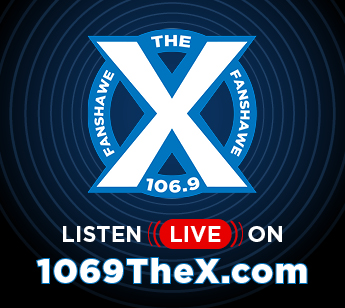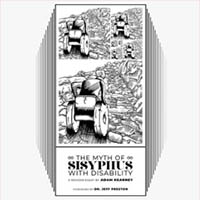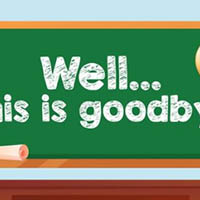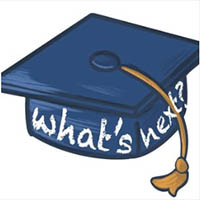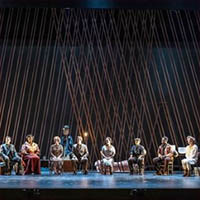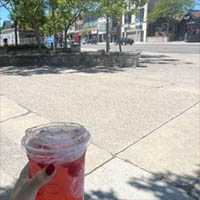Federal election to take place April 28
 CREDIT: MARK CARNEY VIA X (FORMERLY TWITTER)
CREDIT: MARK CARNEY VIA X (FORMERLY TWITTER)Prime Minister Mark Carney is leading the Liberal Party into the federal election set for April 28.
Canadians will head to the polls on April 28 in a snap federal election triggered by Prime Minister Mark Carney’s request to dissolve Parliament earlier this month.
Carney, who officially became leader of the Federal Liberal Party in March, stepped into the top job following Justin Trudeau’s resignation. Known for his roles as governor of the Bank of Canada and the Bank of England, Carney is campaigning on economic resilience and political stability. His platform includes scrapping the federal carbon tax, reducing income taxes for the middle class and defending Canadian industries from new US tariffs.
“We’re facing the most significant crisis of our lifetimes because of President Trump’s unjustified trade actions and his threats to our sovereignty,” Carney said at Rideau Hall in Ottawa after visiting Governor General Mary Simon on March 23. “Our response must be to build a strong economy and a more secure Canada.”
Pierre Poilievre, leader of the Conservative Party since 2022, has focused his campaign on tax cuts, increased savings limits, and a more confrontational approach to Canada-US relations.
“A conservative government that will ax taxes, build homes, unleash our resources so that we can bring home our jobs and confront the Americans in a position of strength,” Poilievre said at a campaign rally on March 29.
Recent polling suggests the race will be competitive. According to a March 27 Ipsos poll conducted for Global News, the Liberals hold 44 per cent support nationally, while the Conservatives are at 38 per cent. The New Democratic Party (NDP) trails with 9 per cent, and the Bloc Québécois holds around 24 per cent support. The Liberals’ rise in early campaign days may reflect a “Carney bump,” boosted by his reputation for economic leadership during past global financial crises.
The NDP, led by Jagmeet Singh, has continued to advocate for progressive policies like universal pharmacare, affordable housing, and investments in renewable energy. Singh has also called for stronger protections for workers and renters while holding the Liberals accountable for delays in implementing key programs. Bloc Québécois leader Yves-François Blanchet is focused on defending the province’s language and culture while calling for economic diversification amid growing trade disputes.
Foreign interference remains a concern for voters and officials alike. The federal government has confirmed that the Security and Intelligence Threats to Elections (SITE) Task Force will monitor and respond to any attempts to disrupt or manipulate the electoral process. Measures are also in place to ensure cybersecurity and transparency throughout the campaign.
For young voters, the stakes are high. Each party is offering targeted promises: Liberals are proposing expanded grants for students; Conservatives are pledging to make housing more affordable by easing zoning laws; and the NDP wants to eliminate interest on student loans.
Elections Canada invites all eligible Canadians to verify their registration status, learn about their electoral district, and get to know the candidates in their area. Detailed voting information, including mail-in voting procedures, can be found on the Elections Canada website.



